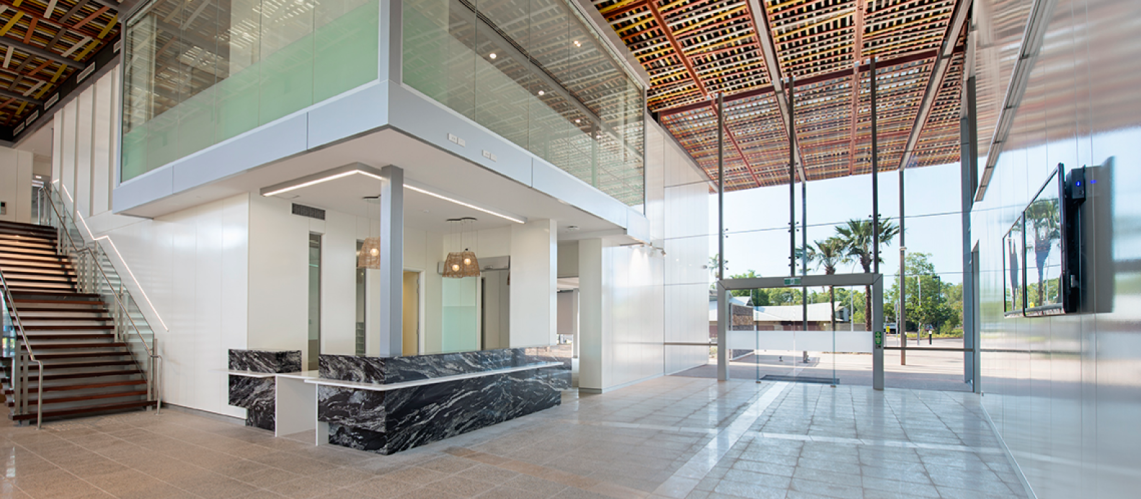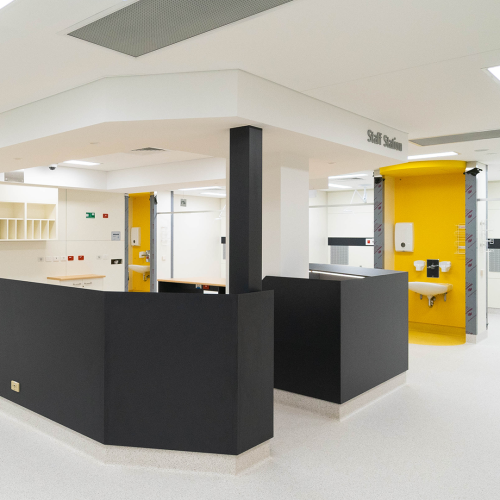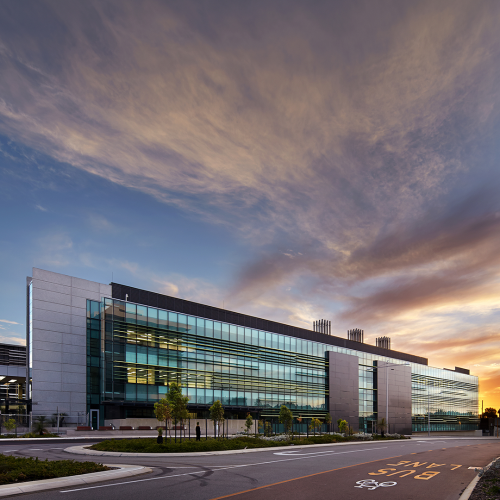Menzies School of Health Research Royal Darwin Hospital
- Client:
- Menzies School of Health Research
- Location:
- Darwin, Northern Territory
- Features:
- PC2 and PC3 laboratories, clinical research, auditorium, exhibition areas and café
- Awards:
-
AIA NT Award for Best Public Architecture - 2016
AIA NT Colorbond Award for Steel Architecture - 2016
The expansion and redevelopment of the institute’s existing John Mathews Building at Royal Darwin Hospital include the addition of 3,000m² of new space in a two-storey addition and an extensive upgrade of the existing research facilities and laboratories. Tropical infectious diseases and poor health among Indigenous children are some of the emerging major health threats facing communities in Northern Australia and the tropics. The federally funded project will enable Menzies to continue vital medical research, and allow the building to reflect the international standing of Menzies as a leader in Indigenous and tropical health research.
The open, light and colourful building have deep roof eaves that provide welcome shade around the building and are lined with Tiwi battens that create patterns of dappled light across the façades. The use of light and shade, combined with natural materials and building scale are designed to reassure visitors and create a sense of welcome. The design incorporates an innovative approach to thermal comfort and tropical design, with high ceilings and low turbulence ceiling fans throughout allowing excellent occupant comfort at higher air temperatures. Promoting gentle air movement, the fans operate at low speed and provide high air flow for cooling with low turbulence and minimal wind noise.









